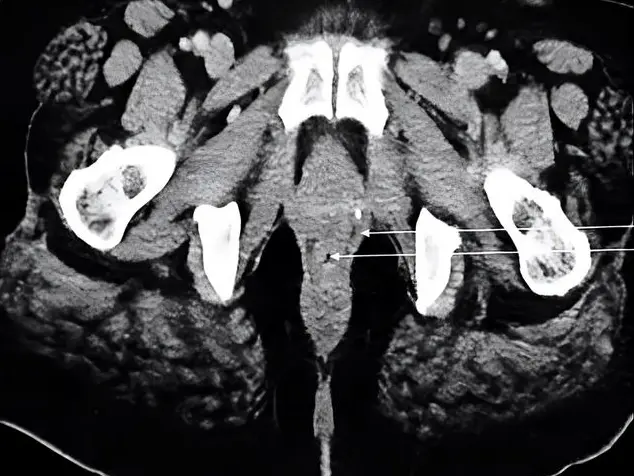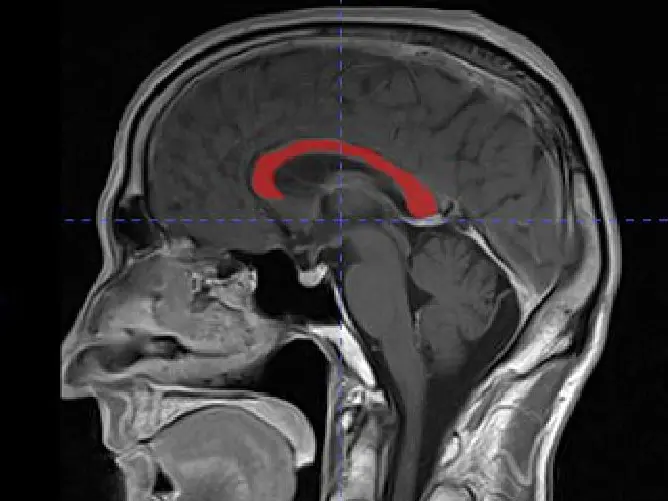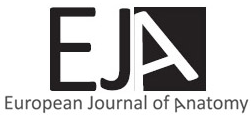Surgical complications may occur in the interforaminal area when course and morphological features of anatomical structures, which includes neurovascular structures in the mandible, cannot be defined correctly. The aim of this study is to determine the course and morphological characteristics of the mental foramen (MF) and the mandibular incisive canal (MIC) in Turkish society. Cone Beam Computed Tomography (CBCT) is considered the gold standard for dental imaging; therefore, in this study 96 CBCT images were examined retrospectively. The width and the length of the MF, distance from the MF to the alveolar bone crest, lower border of the mandible, angulation of mental canal to buccal bone surface, the length of the MIC, the angle among mental foramen-incisive canal and a horizontal plane parallel to the inferior border of the mandible, and the height of the angle were measured. At the endmost point of the MIC, the distance between the canal and inferior, labial, and lingual borders of the mandible was measured. The most common locations of MF were along the second premolar (23.4%). MIC was absent in 24.4% of the cases. The most common locations of the endmost point of MIC were along the first incisive (35.8%), MIC length was significantly longer in males. Although the structures show variation among individuals, the mean values in Turkish society are similar to the mean values in the literature.
Evaluation of mandibular incisive canal and mental foramen in Turkish population by conical beam computed tomography
Neslihan Yuzbasıoglu1, Selva Sen1, H. Emir Yuzbasioglu2,3, B. Ufuk Sakul1
1 İstanbul Medipol University, School of Medicine, Department of Anatomy, İstanbul, Turkey
2 Bahcesehir University, Faculty of Dentistry, İstanbul, Turkey
3 BAU International University, Department of Dentistry, Faculty of Medicine, Batumi, Georgia
SUMMARY
Eur. J. Anat.
, 27
(1):
11-
23
(2023)
ISSN 2340-311X (Online)
Sign up or Login
Related articles
Original article
Original article



